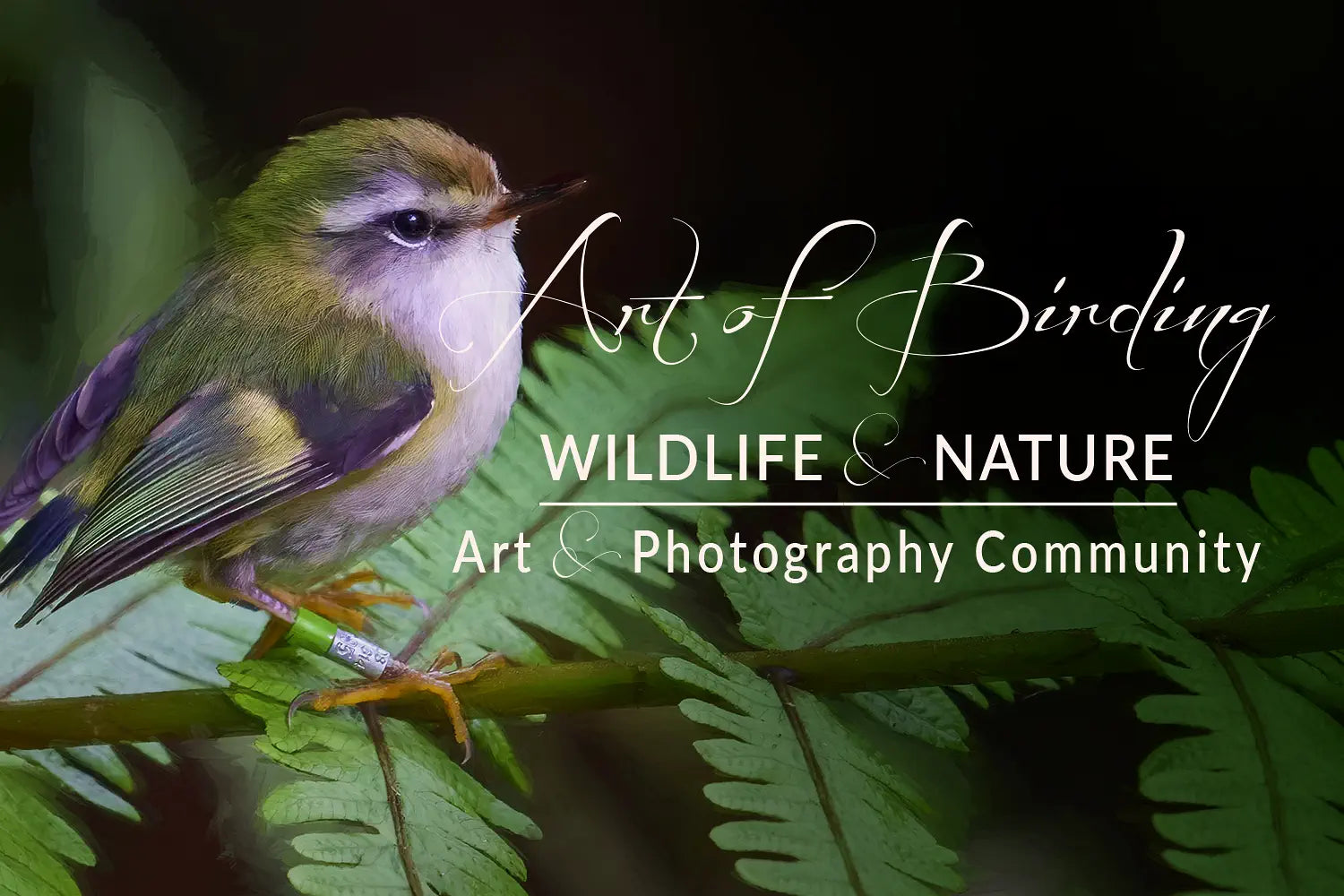
"Art of Birding" Wildlife & Nature Art & Photography Community
For five years, AoB ran as yearly challenge with weekly projects, but in 2023 we have now morphed into a friendly, supportive community with occasional projects set by participants and guests.
You can find us on Facebook in the Art of Birding Photo Challenge group.
If you want to take your art and photography further, join our worldwide group and participate in challenges and projects designed to push your creativity, storytelling, and technical skills. The community is for all abilities, ages, and gear. All you need is enthusiasm, a camera (mobile phones are fine), and a love of wildlife and wildspaces. It's free and there's no spammy upsells!
In time, I'll return with more challenges, but after five years, I needed a break!

As seen in...
The Art of Birding challenge and community has featured in many magazines.
